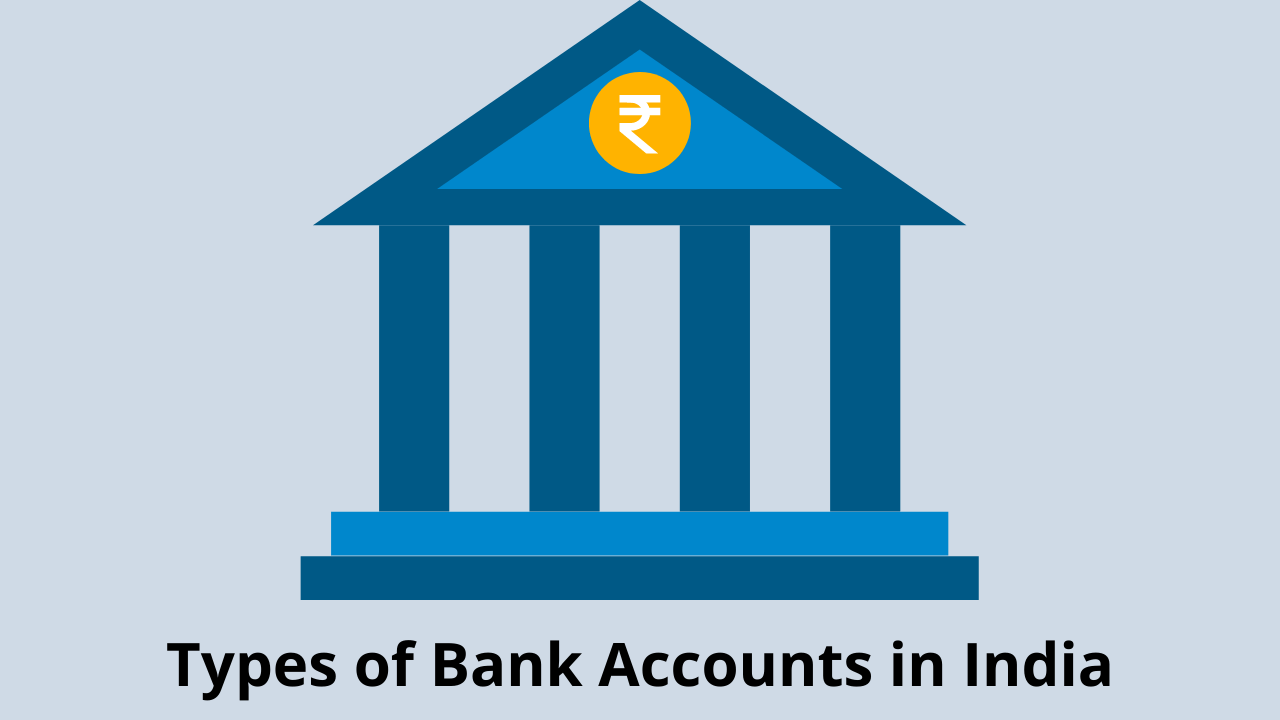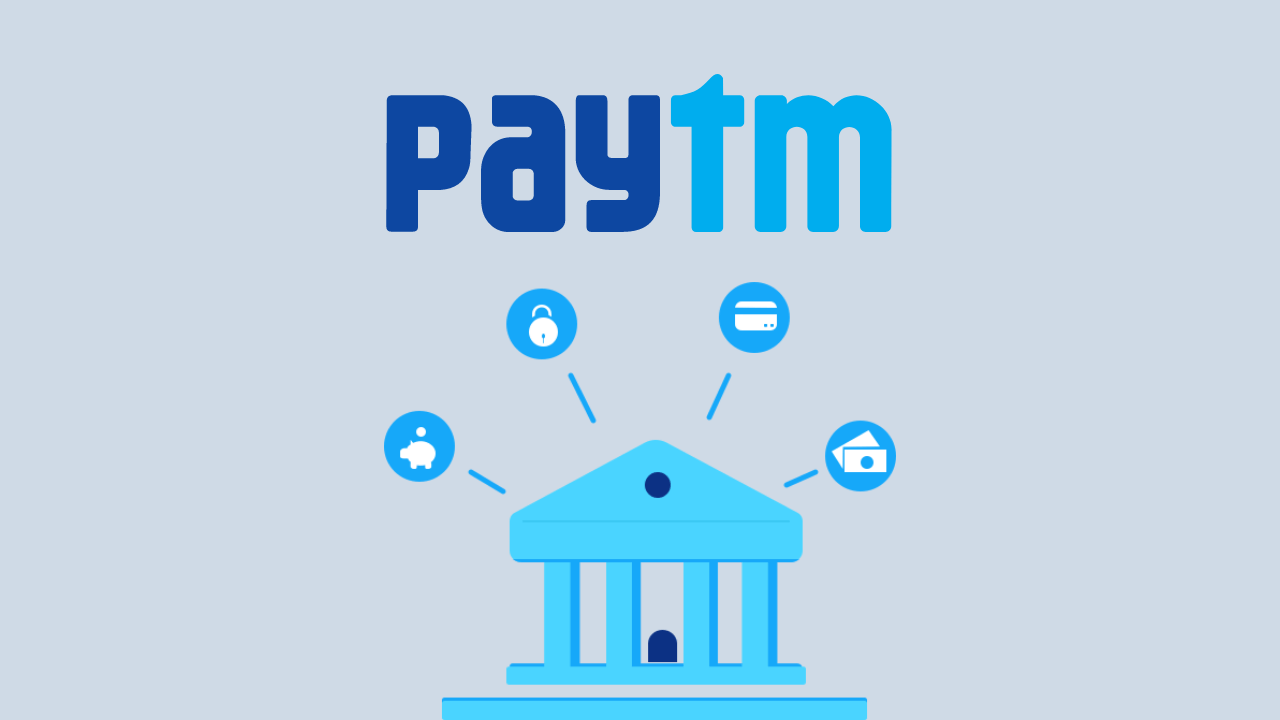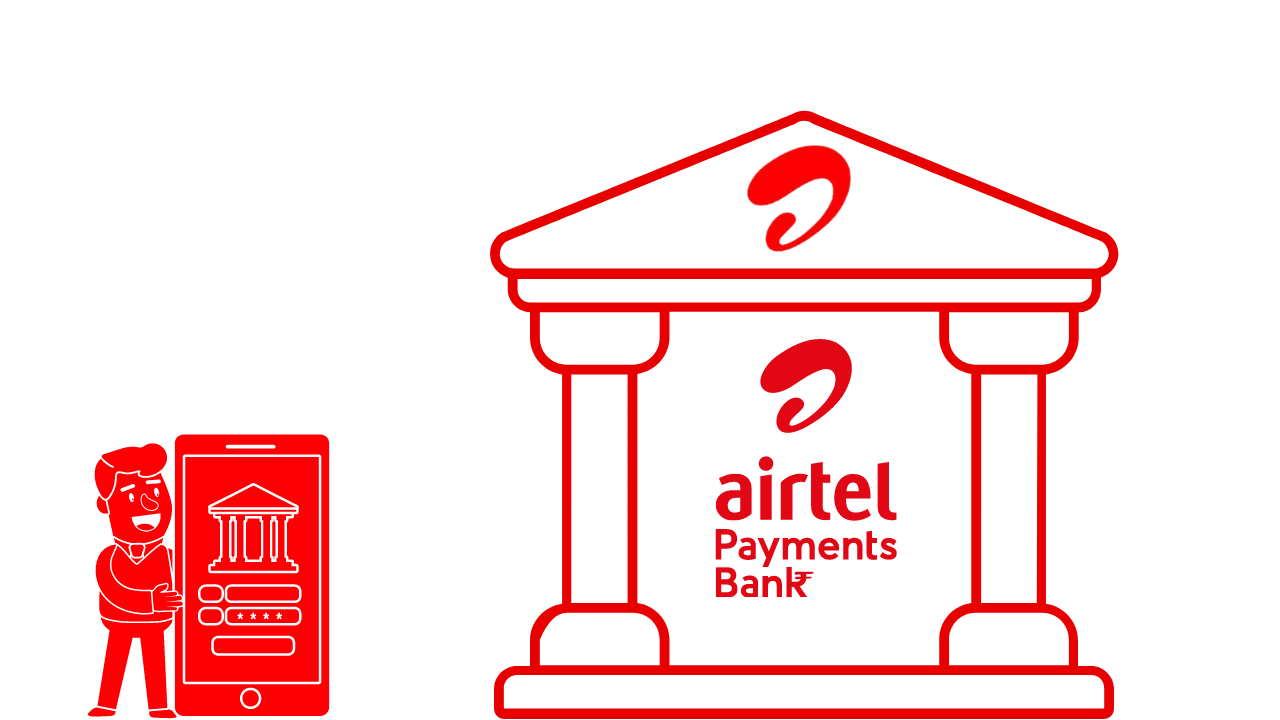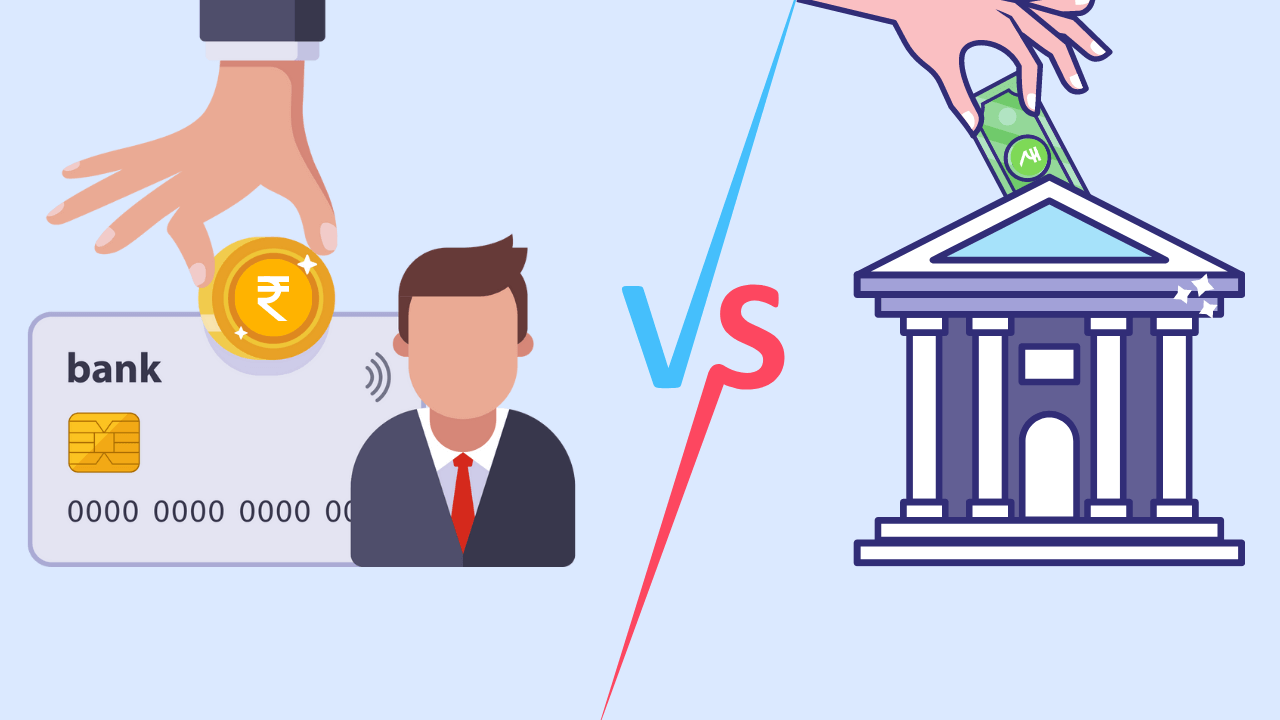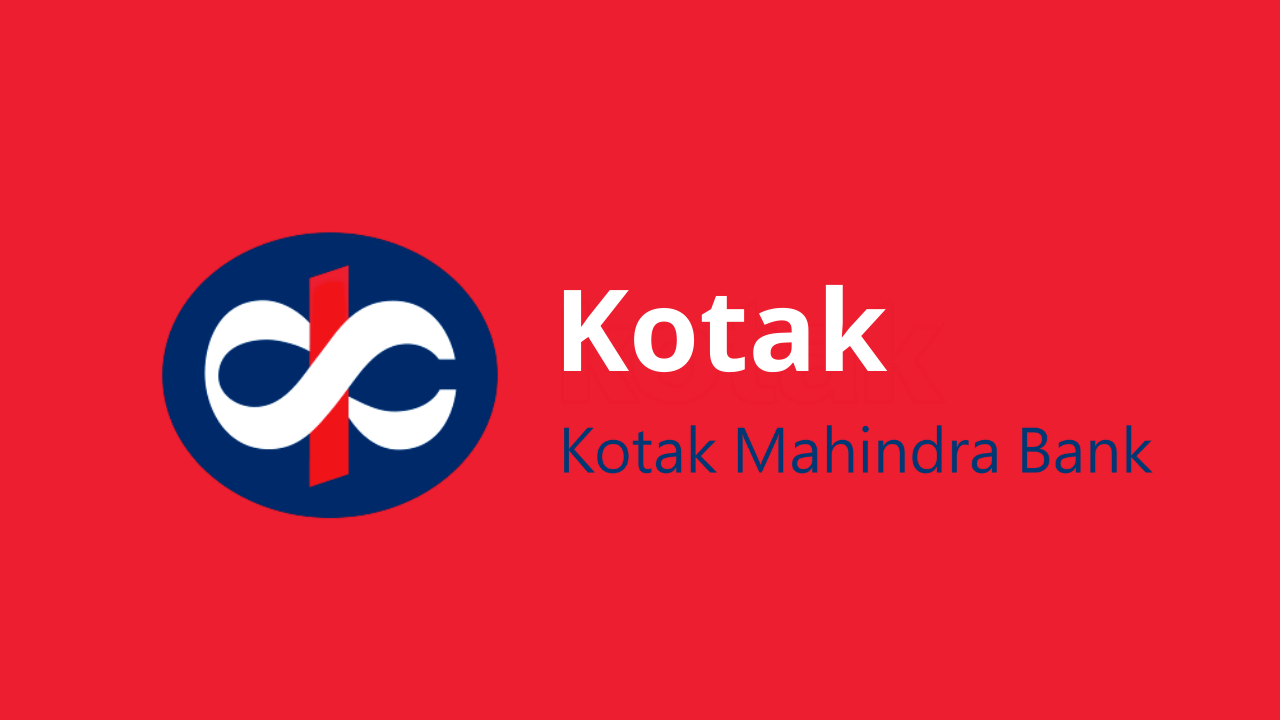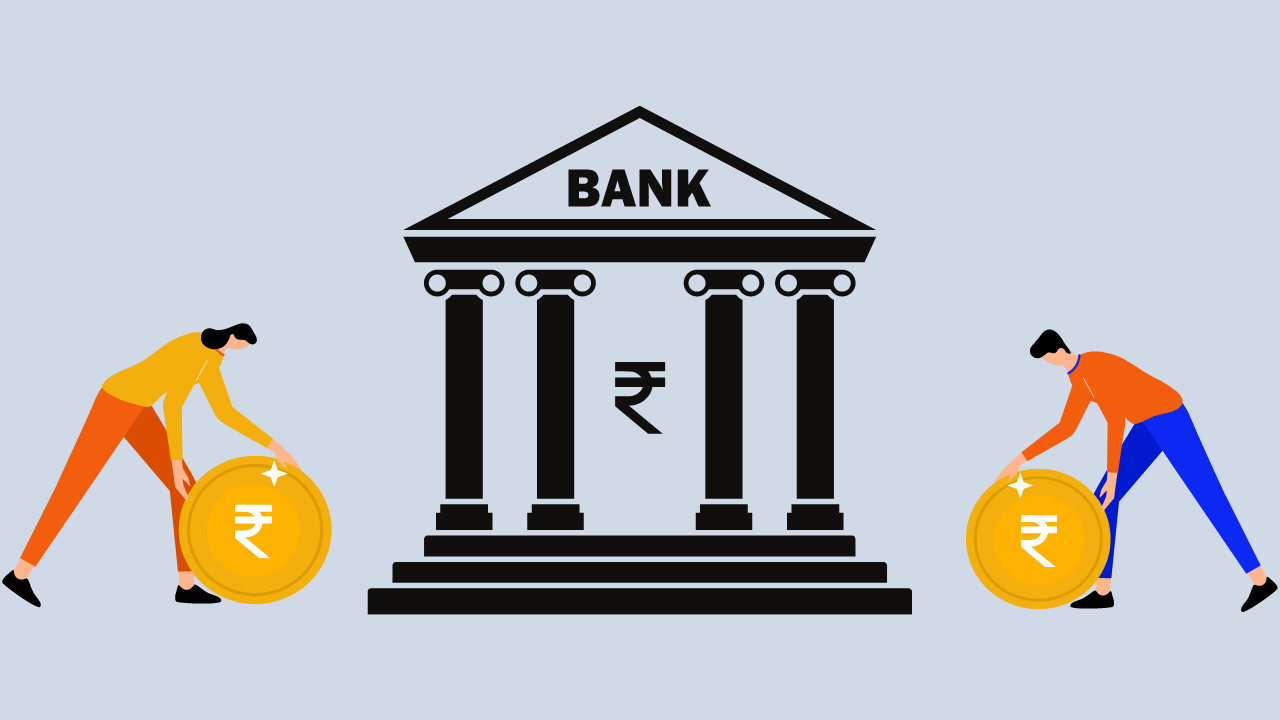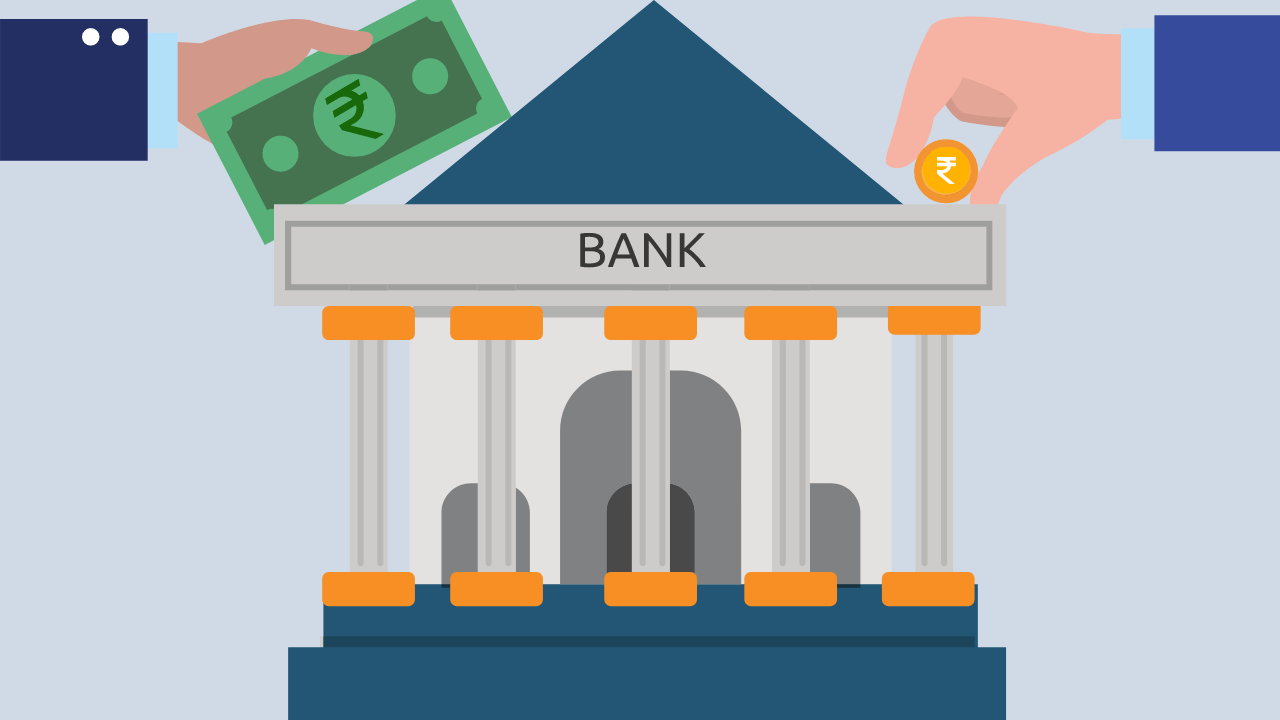Do you want to know what collateral is and how to get a collateral-free loan? You have come to the right website.
In this article, we will guide you all about collateral-free loans step-by-step. So keep reading this article correctly to understand collateral-free loans.
The collateral means when someone keeps assets to lenders as security to avail loan. That assets could be Gold, Car, Home or Commercial property. In guarantee-free loan or collateral-free loan, you can avail facility of money from bank or financial institution without pledge of your assets.
FD, vehicles, deposits, property, and bonds are also collateral. If the vehicle is older than 5 to 7 years, it could not qualify as collateral. For any asset you pledge for a loan, the price should be high enough for the loan.
The guarantee-free loan is given based on a particular interest rate and can be applied for by individuals and businesses. Many individuals apply for guarantee-free loans for many reasons.
Some students apply for collateral loans for higher studies abroad, and some for wedding expenditures. Even guarantee-free loans also come with some limitations as other business loans regarding money.
Diving into a world of loans without collateral
There are varied features that make collateral-free loans. Following are some aspects of a collateral-free loan:
- As stated by the MSME development act of 2006, mid-size businesses can get facilities loans of up to 1 crore rupee.
- Only mid-size businesses can get facilities of guarantees-free loans, whether it’s operational or new.
- People who wish for a vast amount will require collateral. This differs from the applicants and is based upon several details of their business.
- Each bank has a different interest rate; they generally charge according to the prevailing base rate.
- The guarantee cover requirement for such loans is 75%, 80%, and 85%
Who Needs a Collateral Free Loan?
There are various types of people who need collateral-free loans. Some people who wish to send their children foreign for studies. Some people require money for medical treatments. Some others want to repair their commercial assets or home, while others need loans to pay salaries to their employees.
Most MSMEs apply for guarantee-free loans. Generally, these companies failed to prove eligibility for these types of loans. Under these kinds of conditions, entrepreneurs approach financing lending companies. Collateral-free loans are very beneficial for such types of businesses. The reasons are given below:
- Interest rates are not very fast but are competitive.
- There is the flexibility of repayment of the loans, which apply up to 5 years after availing the loan.
- You are not required to provide continuous progress reports.
- Required documents – business registration certificate, revenue, and id cards such as Aadhar card, PAN card, Passport, voter card, and driving license.
- No guarantee required
- There is no questioning about Your credit score.
- The applications furnished by the businesses are processed speedily.
The eligibility criteria for a loan without collateral are the following:
- One must be an Indian Citizen.
- Borrower age must be between 18-65 years.
- If you run your own business, that should not be older than 5 years.
- You must submit approval from the Department of Industrial Policy and Promotion (DIPP).
- You will also need to present a custodian guarantee, and it is granted by the Indian Patent and Trademark Department.
Important considerations before applying for a collateral free loan
- Draw a parallel between different offers from different finance lenders. Check details like the fee, period, fund, and interest rate.
- Don’t fall prey to low-interest rates. Do an analysis properly, and understand the terms and conditions before making a decision.
Understanding the Public Collateral Free Loan Schemes
Recently, the government of India introduced many loan facilities to encourage small and medium-sized entrepreneurs to avail of collateral-free loans. Details are given below.
Credit Guarantee Fund Scheme:
The credit guarantee fund trust for Micro and Small Enterprises has properly organized guarantee-free loans for MSMEs. A rural, regional, and even a scheduled commercial bank can register as a significant authority and join the scheme. Credit Guarantee Trust for small micro-enterprises, the scheme offers credit funds to 10 lac without guarantee.
MSME Loan Scheme:
This scheme was introduced by the government of India So that people could get the required funds quickly for MSME. Money of loan extends up to 1 crore and can be availed by running and new businesses. While the approval or rejection of an application is 1 hour only, the loan processing takes 8-12 days. Women have 3 percent reservation in this scheme, and the loan approval procedure is easy compared to men.
MUDRA:
MUDRA scheme is perfect for service, trading, and manufacturing business institutions. One can apply for loans at different banks that are either small banks or private or public or commercial banks, or cooperative societies. If business entities apply for loans, then there are 3 categories of loans which are below given:
Shishu – Funds limited to ₹50,000
Kishor – Funds limited to ₹5 lakhs
Tarun – Funds limited to ₹10 lakhs
SIDBI Loans:
India’s small industries development bank was established in 1990 to fulfill fund requirements for businesses under MSME. This bank offered loan funds of 10 lakh to 25 crores. Sometimes, the loan period is extended up to 10 years, and a loan fund can extend up to 1 crore without a guarantee. However, the eligibility criteria, loan fund, and terms vary over the various scheme.
National Small Industries Corporation Subsidy:
This scheme provides 2 benefits to MSME, to help with raw materials and marketing. Once these types of businesses qualify as MSEs with Udyog Aadhaar Memorandum, the scheme offers support in the different tasks to assist the company increase its production.
Credit-linked Capital Subsidy:
To upgrade business with new tech equipment, required capital can avail of this scheme. To decrease production costs could apply to supply chain, manufacturing, and marketing processes. A capital subsidy of 15% is offered to all companies that meet the conditions for this scheme. A company that qualifies for this subsidy includes the Public and the private limited company, the partnership, the owners, and the cooperative establishments.
FAQs
1. What is Collateral?
Ans: Collateral means when you keep guaranteeing property against a loan taken.
2. What is the Full form of MSME?
Ans: Full form of MSME is Micro, Small, and Medium Enterprises.
3. What is the Full form of MSE?
Ans:- Full form of MSE is Micro and Small Enterprises.
4. What is the full form of MUDRA?
Ans: Full form of MUDRA is Micro Units Development & Refinance Agency Ltd


